How to take your dog to the pub, by expert trainer Ben Randall
Enjoying a drink in a lovely country pub with your dog snoozing quietly at your feet is one of the great pleasures in life for those with four-legged friends... so long as they stay well-behaved. Ben Randall explains how to take your dog to the pub without things going horribly wrong.


We’ve all seen the cartoons of the incredibly relaxed dog, lying asleep at its owner’s feet, as they enjoy a nice pint of cider or a cool glass of Sauvignon Blanc at the pub bar. However, the reality can be far removed from this, with anxious dogs getting wound up by all the comings and goings at your local, not to mention other people and children wanting to pat them on the head. So, to avoid your dog getting in a tizz and wrapping his or her lead around tables and chairs, how should we establish going to the pub or local cafe as a fun and positive experience for our pooches?
This is the exact question posed by S. R. from North Yorkshire, who writes: ‘Dear Ben, I have a young cockapoo that’s well socialised, but I would like to take her to the local pub with me. How best should I go about preparing her for her first visit?

Before you take your dog into such an over-stimulating environment, you need to consider how good your dog is with:
- Other people
- Different smells
- What are they like around food?
- How do they react when they see other dogs?
Ask yourself whether they are actually able to settle perfectly at home in the kitchen, either on their own or when other people or friends come round for supper or, potentially, if your friends bring their dogs as well. If you are happy that your dog can do that perfectly, then yes, he or she is ready to go to the local pub or café with you.
However, if you’re not happy and confident that your dog is good at this, don’t go!
Ben’s five tips for taking your dog to your local pub
1. Go when it’s less busy
Try to pick a quiet time because, if you go at lunch time or in the evening, when it’s really busy, then the owners or the staff — as well as other other customers — might be less tolerant of a dog that is being trained. I’d go first thing in the morning or early in the evening when there will be fewer people.
2. Find a spot away from the main thoroughfare
Sit at a table that’s not too close to other people and their dogs or children. Try to find a place that is not right in the middle of the main traffic through the premises — such as where people would be going towards the loos and where doors will be banging — or the main entrance, where people will be going in and out and there will be lots of noise and disturbance.
Exquisite houses, the beauty of Nature, and how to get the most from your life, straight to your inbox.
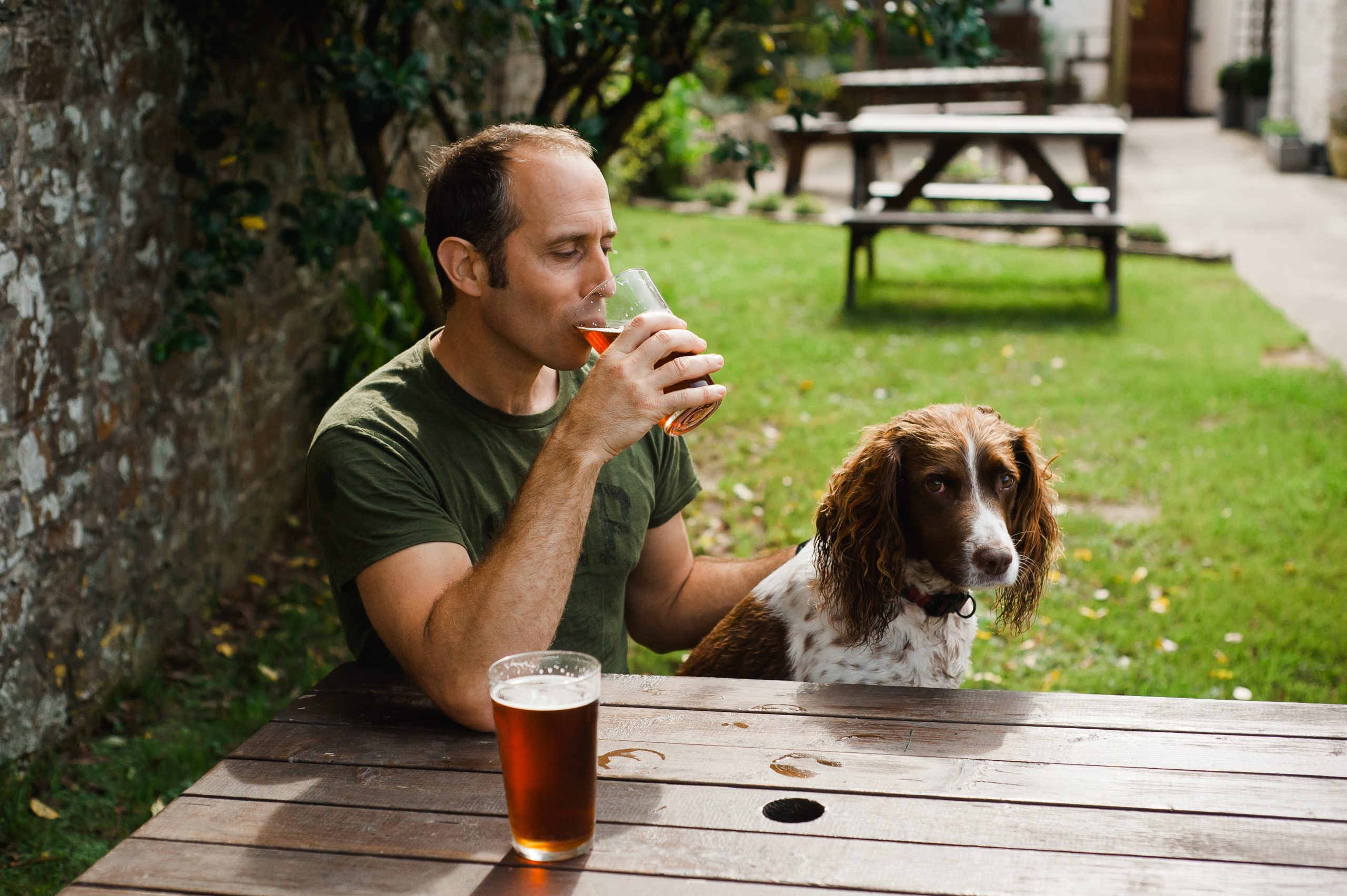
3. Keep your dog (and other people) as calm as possible
If your dog starts to get fidgety and moves towards other people in a hyper way, you’ll need to take steps to address this. Hopefully, if you have been following these articles, then your dog will already know the ‘leave’ command (link to leave article). If so, a quick and firm ‘leave’ might be all that is needed to calm them down. Alternatively, you could ask a fellow pub-goer to come over in a calm and controlled way, sit down and talk to you and stroke your dog, which could help to settle it. However, if they come over in an overexcited manner, while talking with a high-pitched voice and making a noisy, exuberant fuss of your dog, this could make the situation worse, so do be careful!
The trouble is, if you take your dog to the pub for the first time and it meets lots of people who make it overly wound up, there’s a chance that it will start to see all people — as well as pub or café visits — as super exciting and they will never settle. Do make it clear to people that your dog is in training and ask them to take that into account. If they can’t be calm and greet them quietly, ask them to please ignore your dog, as that will really help your training.
4. Use rewards at the right time
With regards to rewards, I always ask for a doggy bag of the meal I am enjoying whilst my dog sits underneath the table. Depending on the nature of the dog, I prefer to reward good behaviour with calm praise and a touch, as opposed to a food reward. Particularly with a labrador or dog that is prone to begging, you want the dog to be relaxed and not in a hyper state when you reward it. You don’t want your dog to be sitting there at the table drooling because it thinks that it is going to get a food reward or get food from your plate.
If I do give a reward, I’ll make sure it’s of high value — such as a piece of chicken or beef — but will only give it to them after they have been calm and collected in the establishment, when I take them outside to the car park for a pee, or when I'm putting the dog back into the car. I don’t believe it’s right to reward them with food just for lying on the floor whilst they are in the pub or café, as this could encourage the dog to think that, every time you go out, they’re going to get a piece of juicy steak, which is not the case.
5. Take it slowly and steadily and don’t stay all night!
As with all training, keep all experiences as positive and as short as possible and build up the length of your visit in slow increments. You don’t want to take your dog to the pub or the café for the first time and spend all night there. You want to go, have a good time, but a short time, and go for longer next time.
Remember that, if you don't teach your dog correctly, it will remember it in the wrong way. It’s always fun to have a dog that is so laid back that you can take it wherever you go, including other peoples’ homes. However, if you want one that is really well behaved, that doesn’t jump up or slobber on people or get agitated when other dogs and people come over, then put the training in carefully and slowly and it will all come right.
For more detailed advice about Ben Randall’s positive, reward-based and proven BG training methods, one-to-one training sessions, residential training or five-star dog-boarding at his BGHQ in Herefordshire, telephone 01531 670960 or visit www.ledburylodgekennels.co.uk. For a free seven-day trial of the Gundog app, which costs £24.99 a month or £249.99 a year, visit www.gundog.app/trial.
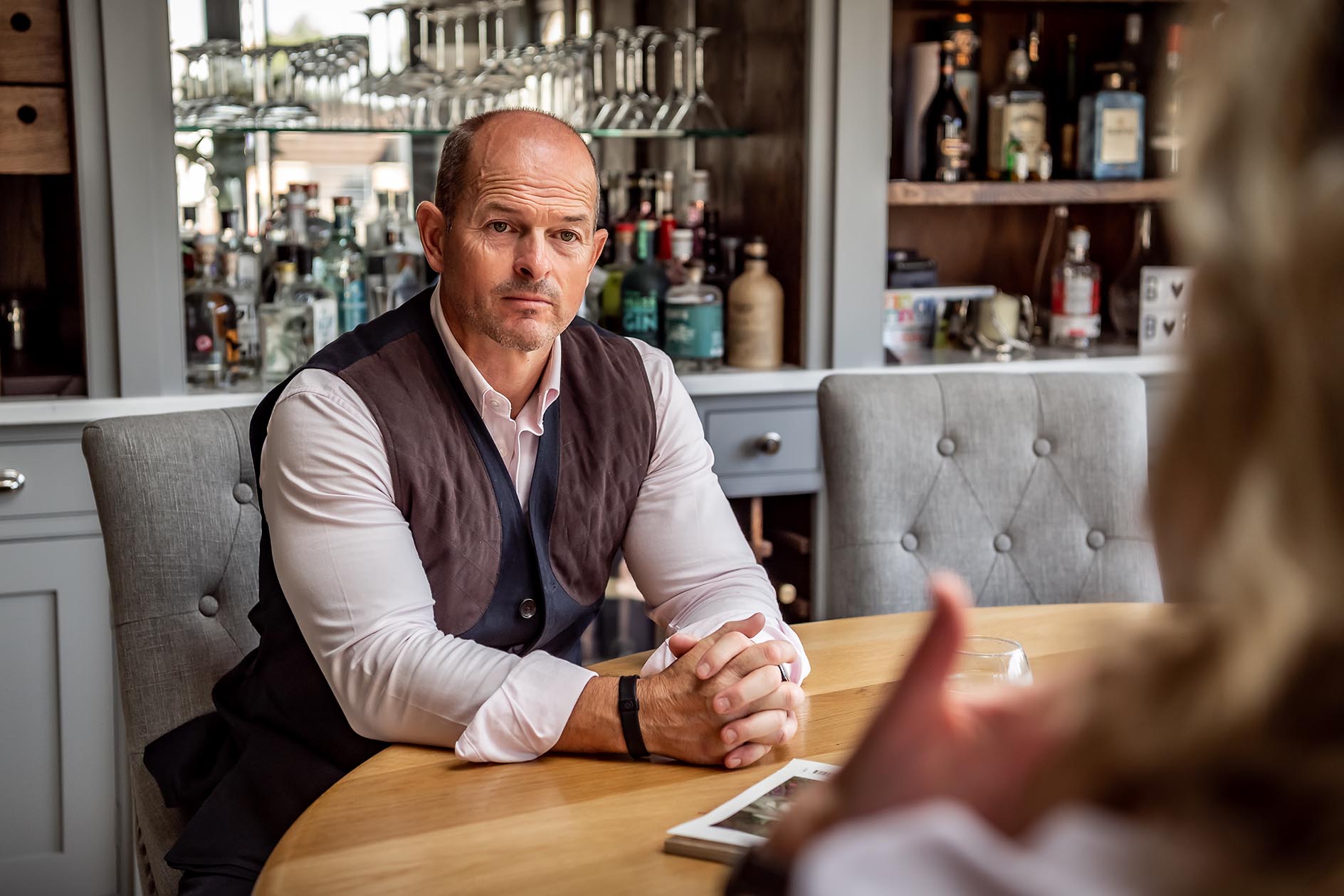
Ben Randall: Ask Country Life's canine agony uncle a question about your dog
Over the past two years our award-winning dog trainer Ben Randall has been sharing his advice with Country Life readers.
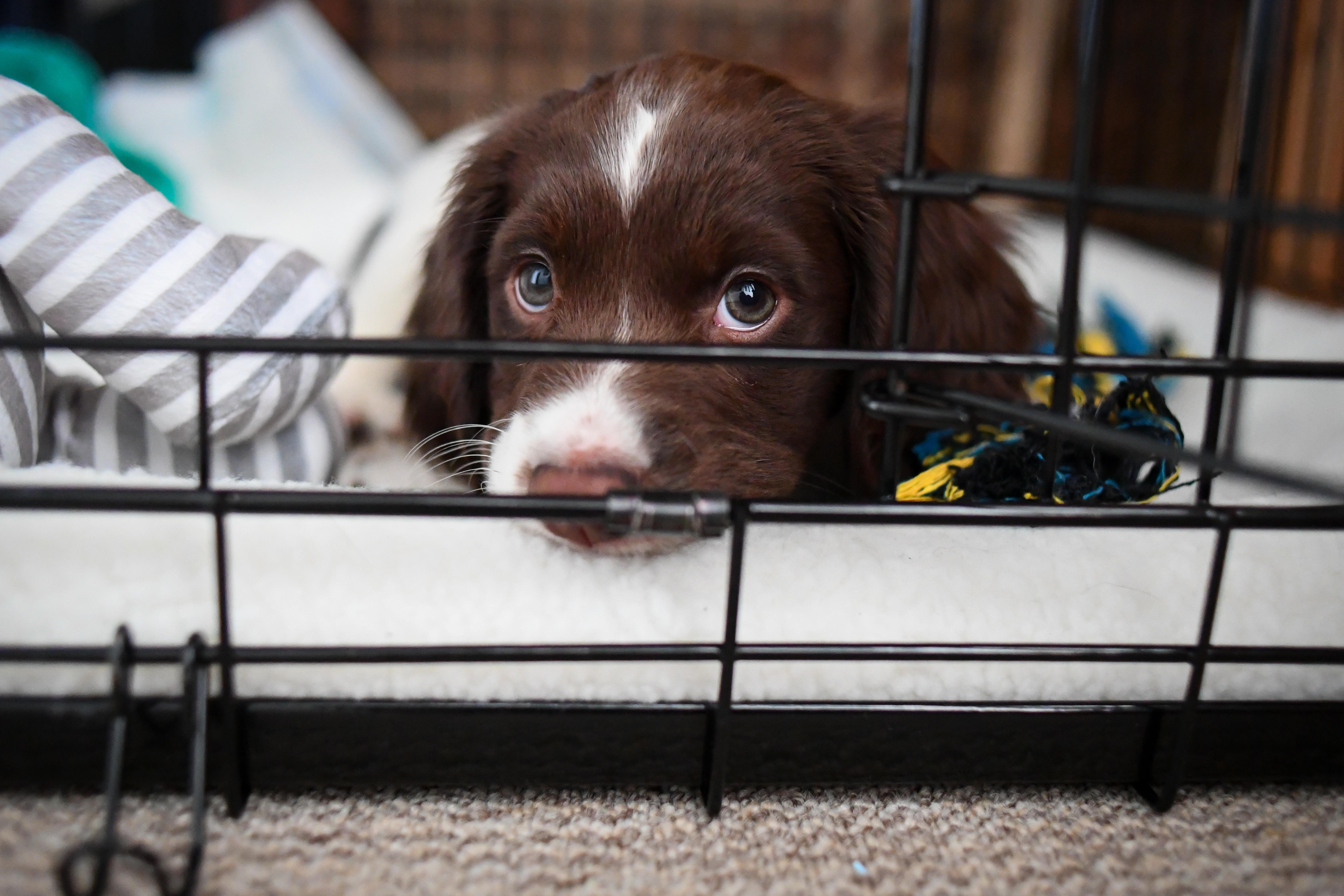
Crate training a puppy: Six tips from expert dog trainer Ben Randall
Puppy crate training can be tricky, yet it can pay dividends in all sorts of ways — even making puppy toilet

Credit: Alamy
How to stop your puppy crying at night, by dog training expert Ben Randall
The heartbreaking whimper of a puppy calling for you will tug on the heartstrings like few other things, but you
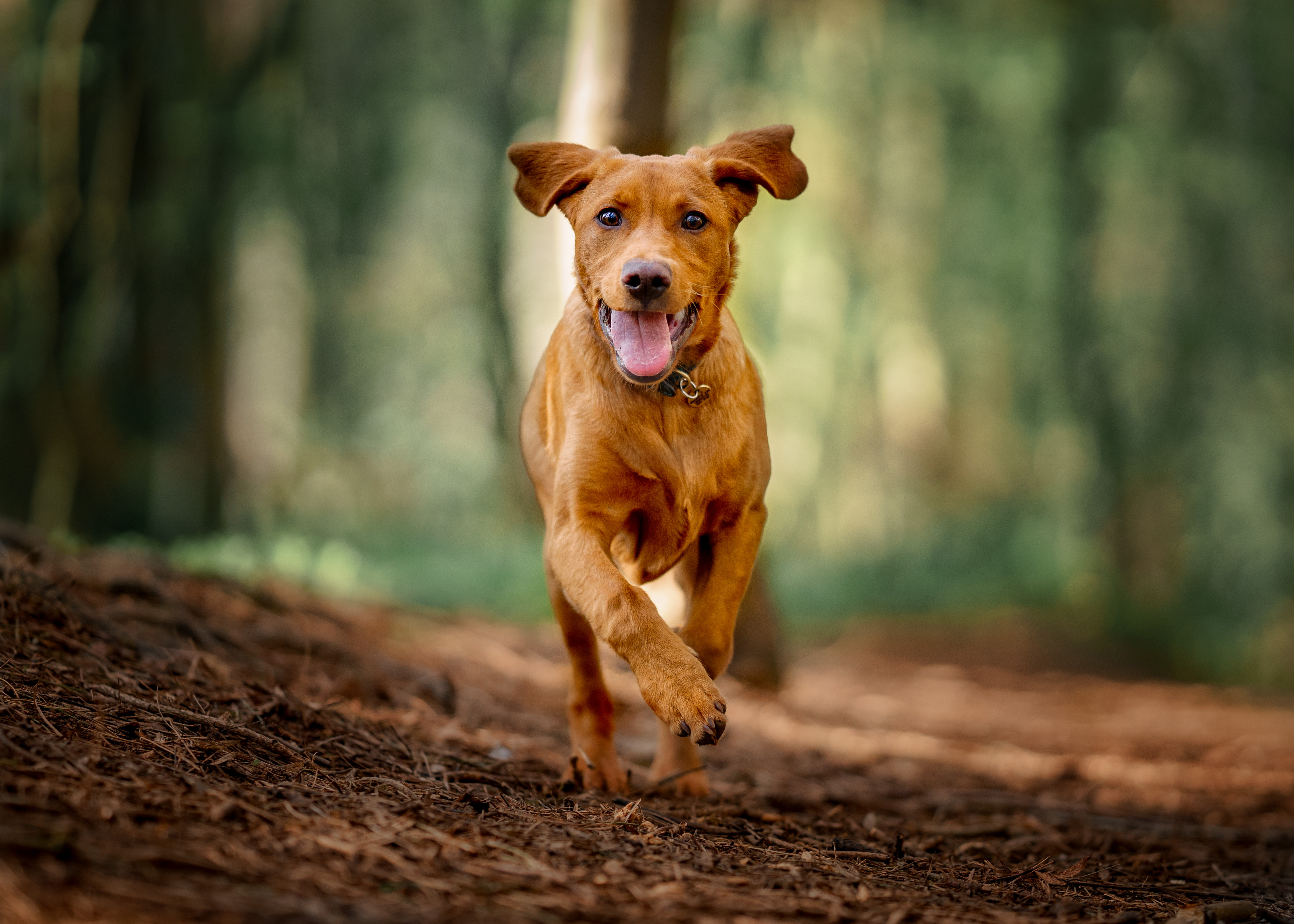
Credit: Getty Images
Dog recall training: Six tips from champion dog trainer Ben Randall
Training your dog is not easy — and with the huge recent rise in dog ownership, it's never been a better
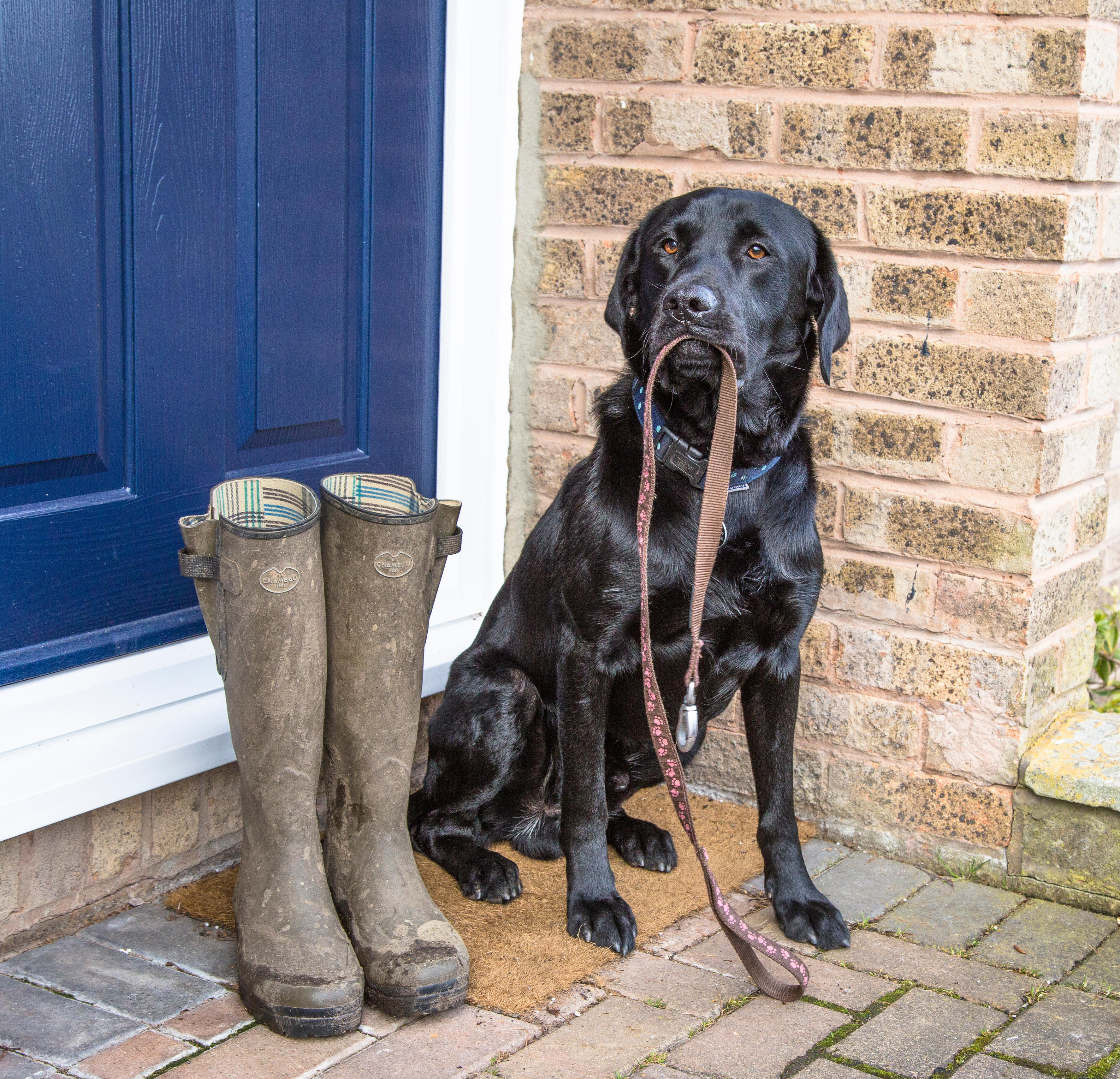
Credit: Ros Crosland / Alamy
Dog lead training: How to introduce the lead to your four-legged friend, by champion dog trainer Ben Randall
Introducing the lead to your dog can be tricky, but with a consistent routine you'll build positive associations that will

Credit: Getty Images
How to get your dog to walk to heel
Teaching your dog to stop pulling on the lead takes work, but it’s an important step in training that will

The champion dog trainer with a game-changing method who can teach any dog new tricks
Award-winning dog trainer Ben Randall — who looks after the dogs for everyone from David Beckham to Gordon Ramsay — happened
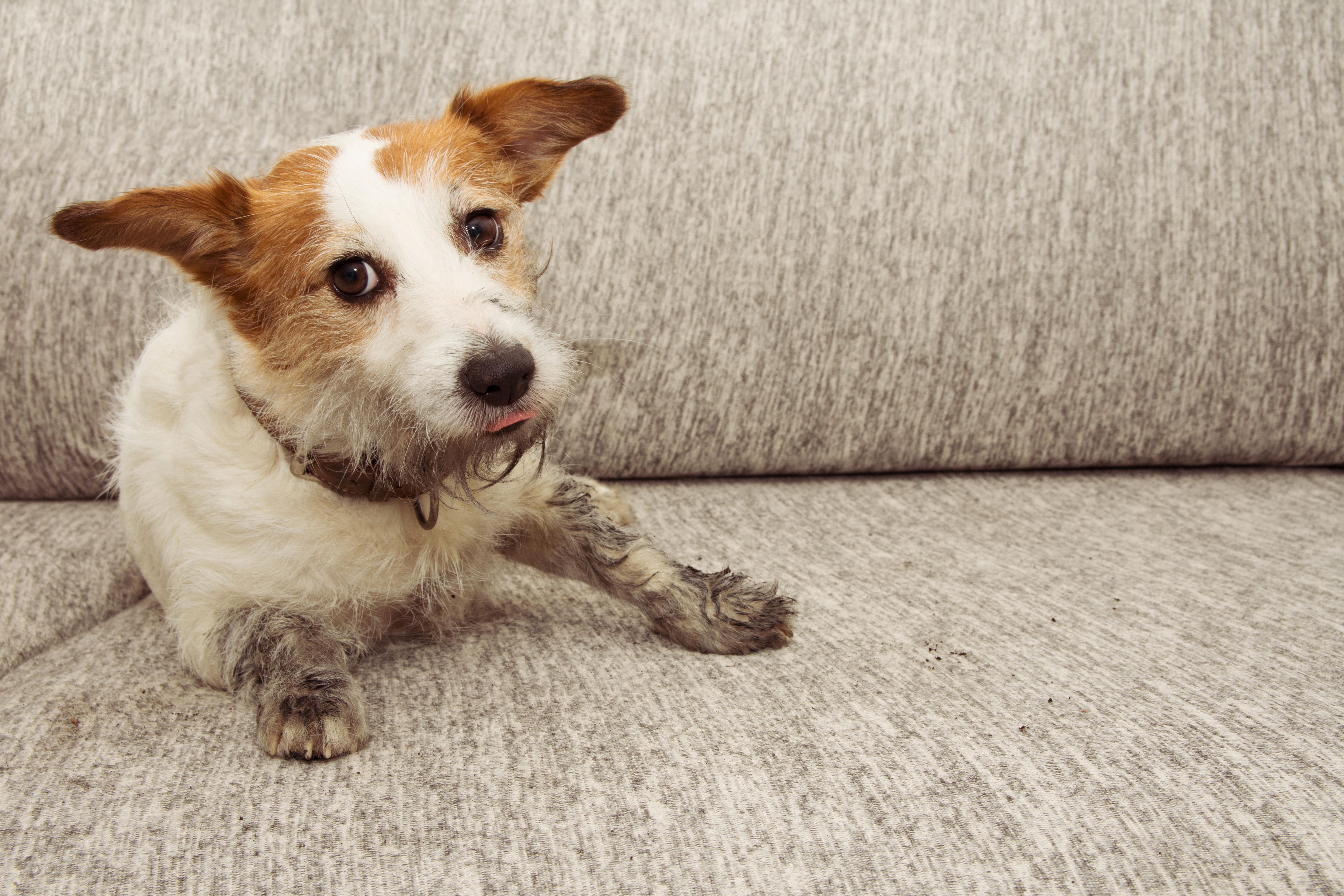
Credit: Alamy
How to keep a dog off the sofa, by top trainer Ben Randall
Fed up with Fido leaping onto the furniture — whether it's your sofa, armchair, or your bed — whenever he
